Okra Planting Harvest Guide
Expert Tips for Higher Yields and Profitable Cultivation
Introduction
Okra thrives in warm, well-drained soil, but faces challenges such as pest infestation, nutrient depletion, and climate stress, which can reduce yields by up to 50%. This guide integrates proven technologies—from seed pretreatment and drip fertilization to specific stages of fertilization-to address key pain points for farmers in tropical areas.
1. Optimal Growing Conditions for Okra
1.1 Climate and Soil Requirements
Okra thrives in temperatures between 22°C and 35°C. Frost-free conditions with well-drained, loamy soil (pH 6.0–6.8) are ideal. In drought-prone regions like West Africa, organic mulching or drip irrigation conserves moisture.
1.2 Seed Selection and Germination
High-yield hybrids (e.g., Clemson Spineless) are recommended. Pre-soaking seeds in water for 24 hours improves germination rates by 30% (Source: Journal of Agricultural Science). For poor soils, treat seeds with rooting microbial agents to enhance root development.
2 Major Challenges and Solutions in Okra Cultivation
2.1 Pest and Disease Management
Aphids and Fruit Borers: Cause up to 50% yield loss. Solution: Apply neem-based biopesticides or introduce predatory insects like ladybugs.
Fusarium Wilt: Prevalent in waterlogged soils. Solution: Use Anti-heavy stubble microbial agent fertilizer to suppress pathogens and improve soil resilience.
2.2 Soil Nutrient Depletion
Okra depletes nitrogen and potassium rapidly. Soil tests every 3 months are critical. In alkaline soils, zinc deficiency leads to stunted growth. Apply chelated zinc supplements via foliar spray.
2.3 Climate Stress
High temperatures (>40°C) cause flower drop. Shade nets and overhead irrigation mitigate heat stress. In humid regions, spacing plants 60 cm apart reduces fungal risk.
3 Fertilization Strategies for Increased Yield
3.1 Base Fertilization
Before planting, incorporate 2 tons/hectare of composted organic matter enriched with slow-release organic fertilizer. This boosts soil organic content by 45% and provides gradual nutrient release.
3.2 Growth-Stage Applications
Vegetative Stage (Weeks 1–4): Apply 30-10-10 + TE water-soluble powder at 5 kg/ha to promote leaf development.
Flowering and Fruiting (Weeks 5–8): Switch to high-potassium formulas like 10-5-45 + TE at 7 kg/ha. Studies show a 22% yield increase with K-rich feeds (Source: Vietnam Journal of Agricultural Science).
3.3 Foliar Supplements
For iron-deficient soils, apply amino acid trace elements liquid at 2 L/ha every 14 days. This enhances chlorophyll synthesis and fruit quality.
4 Advanced Techniques for Professional Growers
4.1 Drip Fertigation
Combine irrigation with MKP (0-52-34) at 3 kg/ha to deliver nutrients directly to roots. This reduces water use by 40% and improves fertilizer efficiency.
4.2 Soil Health Management
In continuous cropping systems, use Anti-root knot nematode type microbial agent fertilizer to disrupt nematode cycles. Rotate okra with legumes to restore nitrogen.
4.3 Post-Harvest Handling
To extenhttps://product-category/microbial-agent/d shelf life, harvest pods within 4–6 days of flowering. Cool pods immediately to 10°C to reduce moisture loss.
5 Global Case Studies and Data Insights
India: Farmers in Maharashtra increased yields by 30% by integrating humic acid granules with drip systems.
Nigeria: Trials in Kano showed a 25% reduction in fungal diseases after applying Ca/Mg/fish protein liquid.
USA: Greenhouse operations in Florida use 420-0-0 liquid N for rapid vegetative growth in controlled environments.
Conclusion
Okra cultivation profitability hinges on proactive pest control, precise nutrient management, and climate adaptation. Integrating biological inputs like microbial agents with water-soluble fertilizers optimizes resource use and maximizes ROI. For wholesale inquiries, explore our full product range tailored to commercial-scale farming.
If you are interested in this article, or have any questions that need to be answered, You can find us at any time through the chat icon in the lower right corner of the webpage. Of course, you can also check out our other social media (such as Linkedin) to learn more about us.
🔍 Reference Sources
FAO Okra Production Guide
International Society for Horticultural Science (https://www.ishs.org/okra-research)
USDA Agricultural Research Service (https://www.ars.usda.gov/okra-studies)
ScienceDirect: Journal of Horticultural Science (https://www.sciencedirect.com/journal/journal-of-horticultural-science)
ResearchGate: Okra Pest Management (https://www.researchgate.net/okra-pest-solutions)
Google X Heritable Agriculture Project
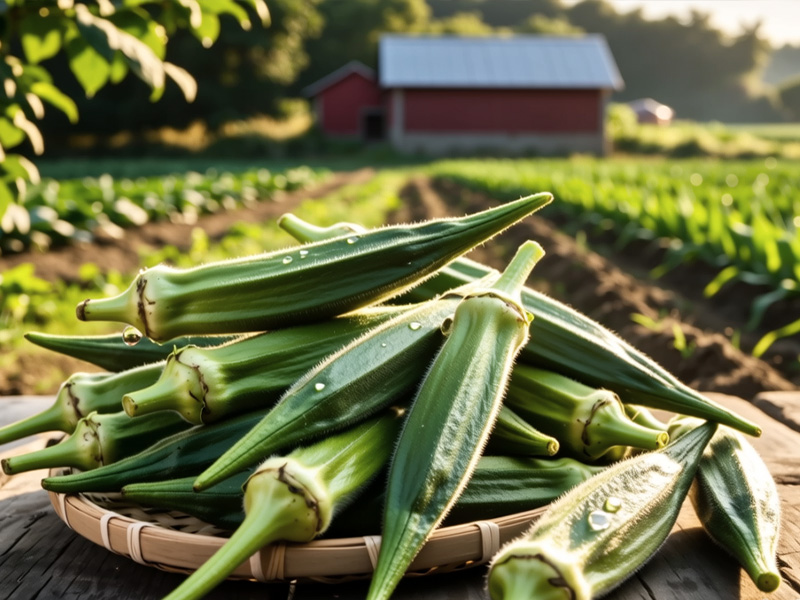
🌱✨ Our fertilizer brings okra fields to life! Lush, green & thriving—witness the power of smart farming for bigger, healthier yields. #GrowBetter 🌿💪
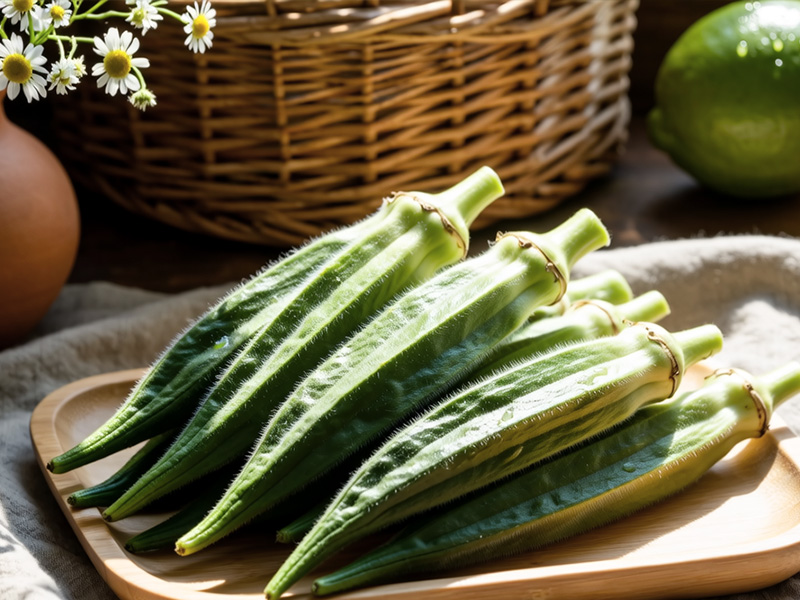
🧺🌿 Bountiful harvest alert! Plump, tender okra grown with our nutrient-rich fertilizer—nature’s perfection, farm to fork. #FreshPicks 🥗🌟
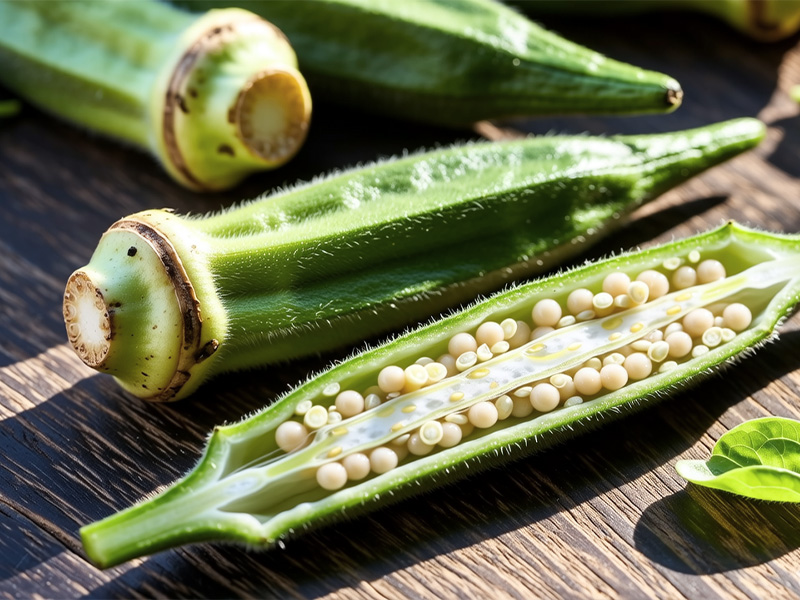
🔪🌱 Flawless inside & out! Our fertilizer boosts quality, delivering crisp, delicious okra every time. Taste the difference! #FarmSmart 🍽️👌
Okra fertilizer
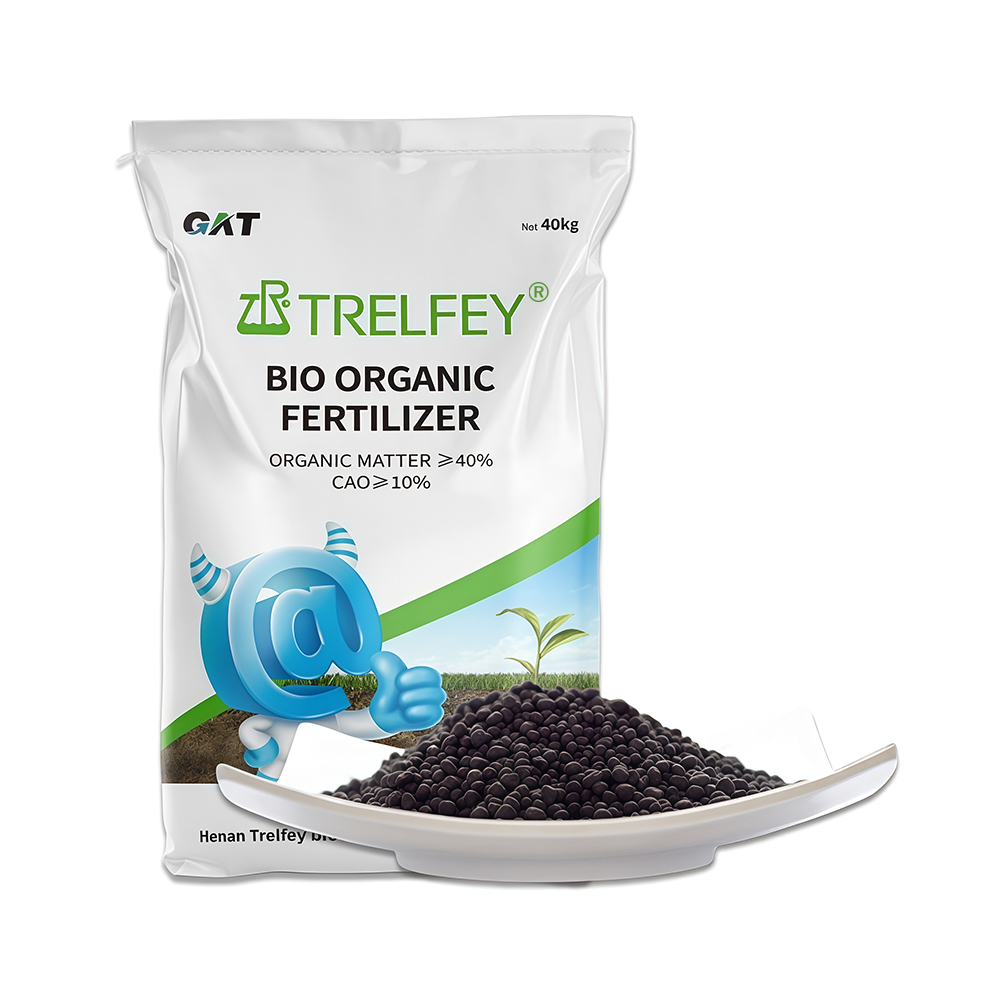
Bio-organic fertilizer
Organic matter ≥40%, CaO≥10%
The number of beneficial live bacteria ≥0.20 billion/g
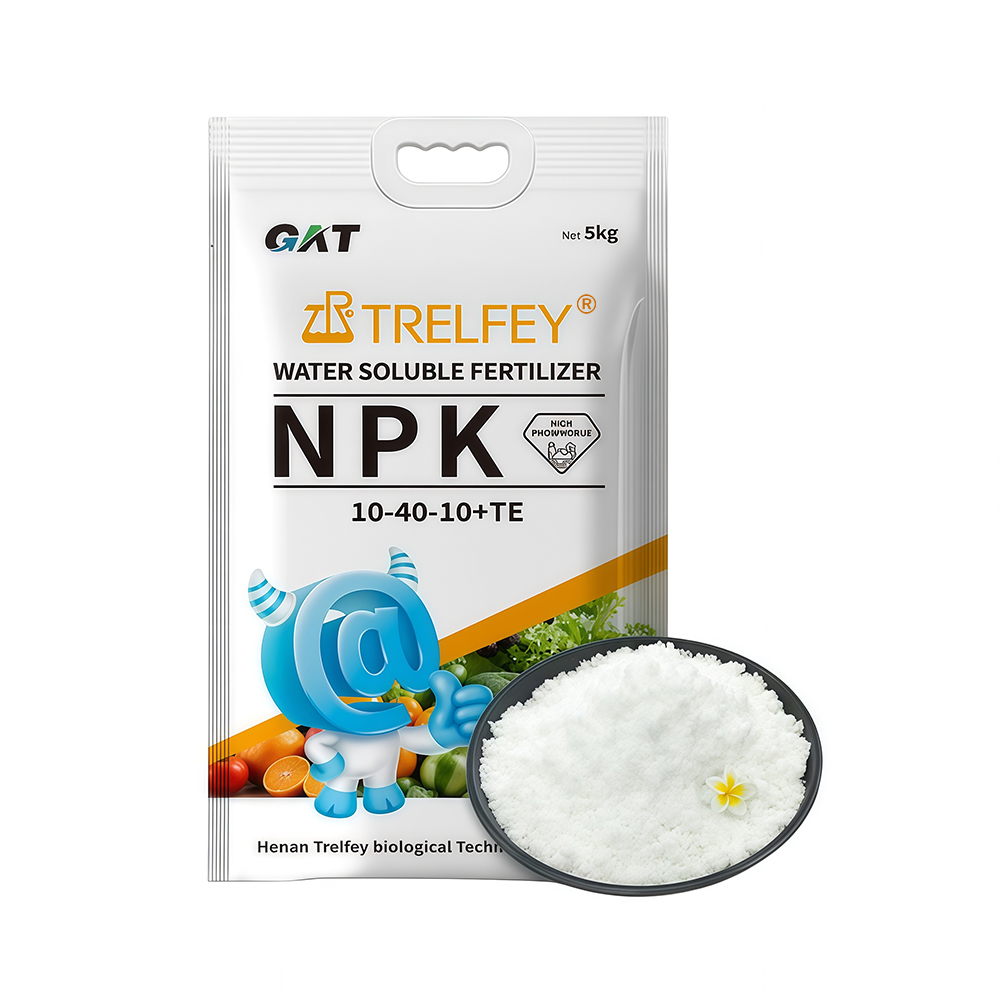
Water soluble fertilizer
Protect the roots and nourish the roots, protect the buds and protect the flowers
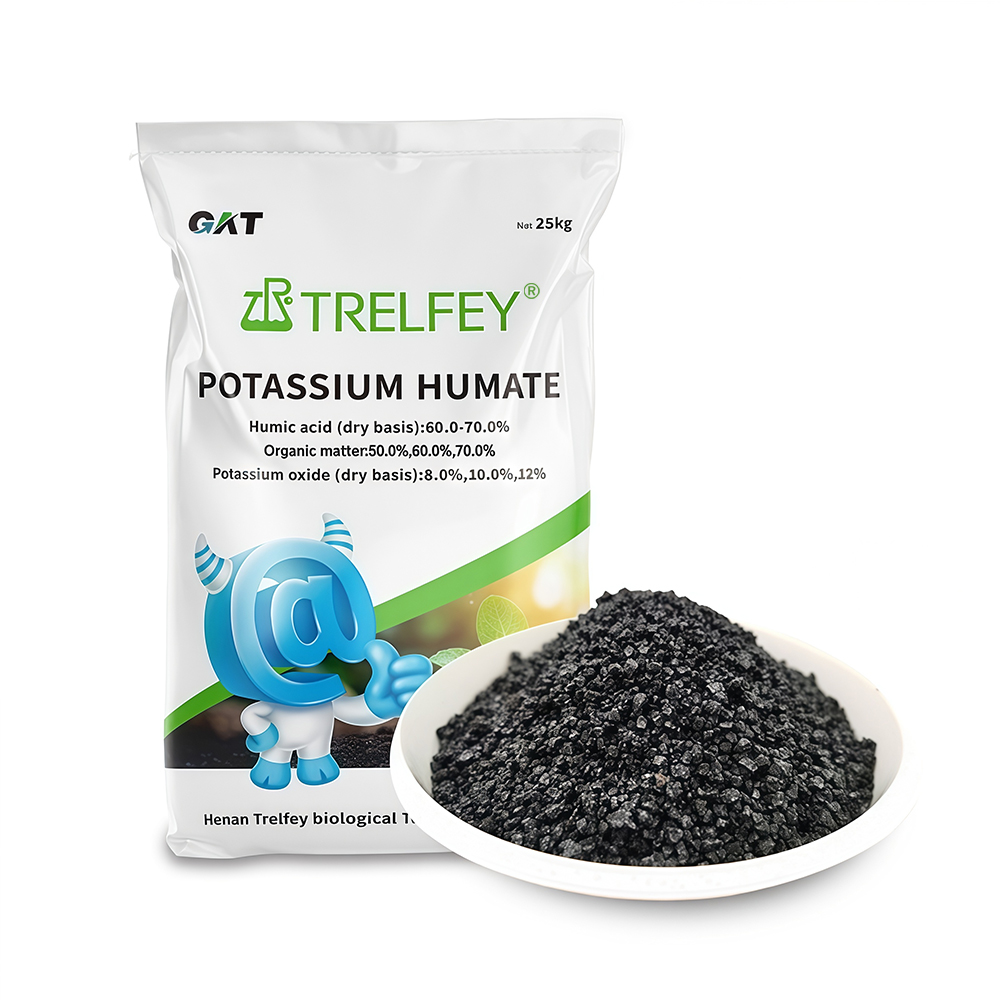
Potassium humate granules
Humic acid (dry base): 60.0-70.0%
Total nutrient (KOO): 8.0%-12.0% (customizable)
